Trending Now
Sunday, Nov, 2024
Home / Punjab Students Arrived a Point of Inactiveness in Learning Outcomes
Punjab Students Arrived a Point of Inactiveness in Learning Outcomes
There has been a decline across all levels, with an abrupt drop at the secondary level (94.61 to 52.5) and senior secondary level (59.42 to 44.88) between the 2020-2021 and 2021-2022 academic years. Punjab is suggested to focus on enhancing the net enrolment ratio by assuring that children are motivated to return to school and placed in age-applicable classes.
 by Pragti Sharma /
by Pragti Sharma /  18 May 2023 14:32 PM IST /
18 May 2023 14:32 PM IST /  0 Comment(s) / 188
0 Comment(s) / 188
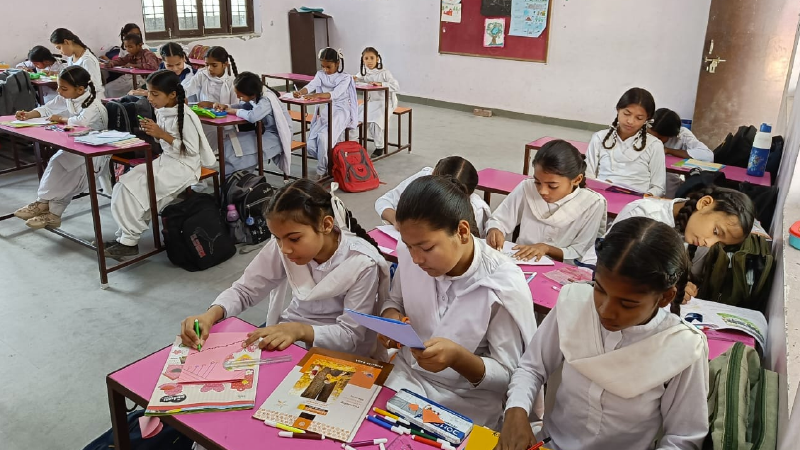
Image Courtesy : www.facebook.com/Ggsssdakha
Despite earning considerable progress in various parameters of the performance grading index (PGI), students in Punjab schools have arrived at a point of stagnation in learning outcomes and quality as they have exhibited slight improvement in recent years.
The Project Approval Board (PAB) of Samagra Shiksha, Union Ministry of Education, flagged the matter and called for the necessity to work on delivering interventions to enhance the learning outcomes of the Punjab students.
Between the academic years 2018-2019 and 2020-2021, Punjab scored 126 in learning outcomes, while the overall score bounced from 769 in 2018-2019 to 928 in 2020-2021. The Project Approval Board asked Punjab to study its score in each discipline and make efforts to enhance its overall PGI score.
The board also disclosed a drop in the Net Enrolment Ratio (NER).
There has been a decline across all levels, with an abrupt drop at the secondary level (94.61 to 52.5) and senior secondary level (59.42 to 44.88) between the 2020-2021 and 2021-2022 academic years. Punjab is suggested to focus on enhancing the net enrolment ratio by assuring that children are motivated to return to school and placed in age-applicable classes.
The Project Approval Board expressed consideration over the peak in the dropout rate at the secondary level, which went up from 9 percent to 17.2 percent between the academic sessions 2020-2021 and 2021-2022. Punjab State has been instructed to examine and take adequate actions in order to decrease the dropout rate and grow the retention rate at both the secondary and elementary levels. The state must hold a district-level survey to ascertain the actual dropout rate.
Low on comprehensive education
Out of the total 61,47,500 students, the number of disabled children is 1.1 percent. Out of the 27,701 schools, 79.8 percent have special educators, but only 8.17 percent have obtained training on inclusive education. The PAB has suggested Punjab take assertive actions by recruiting special educators and equipping them with training.
Unequal distribution of resources
Despite the state holding a surplus of educators at the elementary level, a considerable number of schools still work under one teacher.
According to the data shared by the board, there are around 9676 surplus teachers at the elementary level. The number of single teachers is 2331 and 118 at the primary and upper primary levels.
The board followed that the proportion of schools with adverse pupil-teacher ratio (PTR) is relatively high at 28.15 percent and 20.97 percent at the primary and upper levels, respectively. For optimum utilization of available resources, the Punjab government must rationalize teachers to confirm the availability of the required number of teachers in all schools.
Punjab schools are operating without the needed number of subject teachers. The average subject-pupil-teacher ratio (PTR) at the secondary level is 57 for social studies, 49 for mathematics, 44 for science, and 25 for language.
More than 84 percent of secondary schools include teachers for all core subjects. However, districts such as Gurdaspur- (77.73%), Kapurthala- (77.54%), Tarn Taran- (71.27%), Jalandhar- (71.23%), and Nawashahr- (70.37%) have a below-par percentage of secondary schools with four subject educators. The Punjab government has been notified to fill the vacancies at diverse levels and confirm that the instructed numbers of teachers of different subjects are available in all schools.
EShort / February 16, 2024
IMS Noida Admissions 2024: Apply for UG, PG programmes
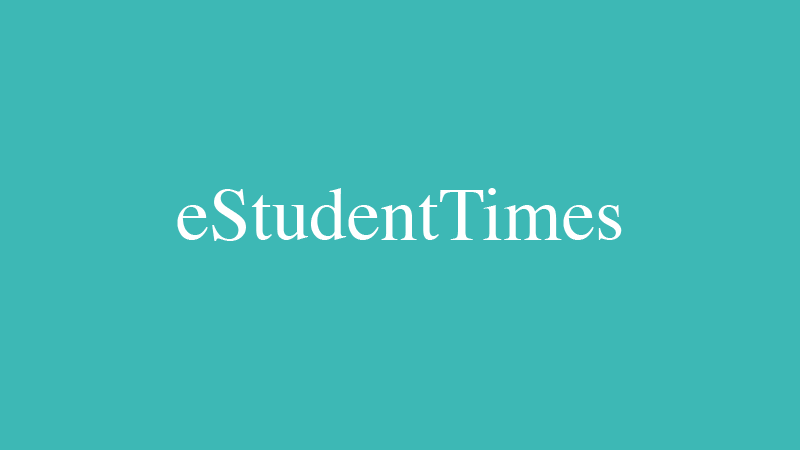
EShort / February 16, 2024
GATE 2024: Response sheet out
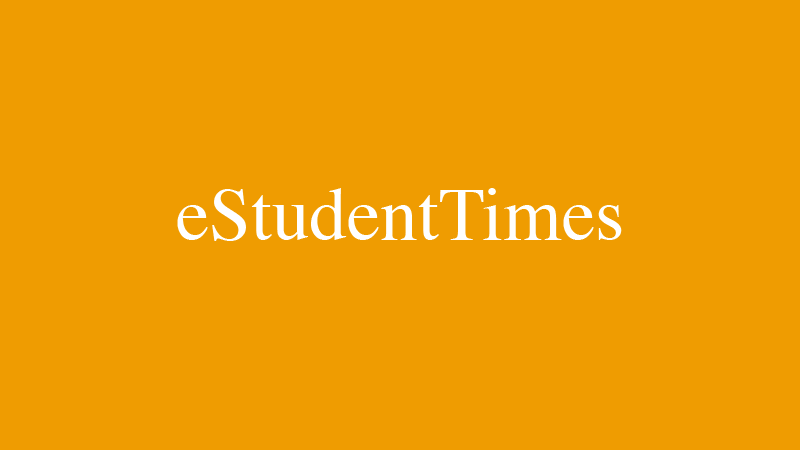
EShort / February 16, 2024
BSSTET 2023: Admit card released

EShort / February 16, 2024
NID DAT 2024: Prelims result released
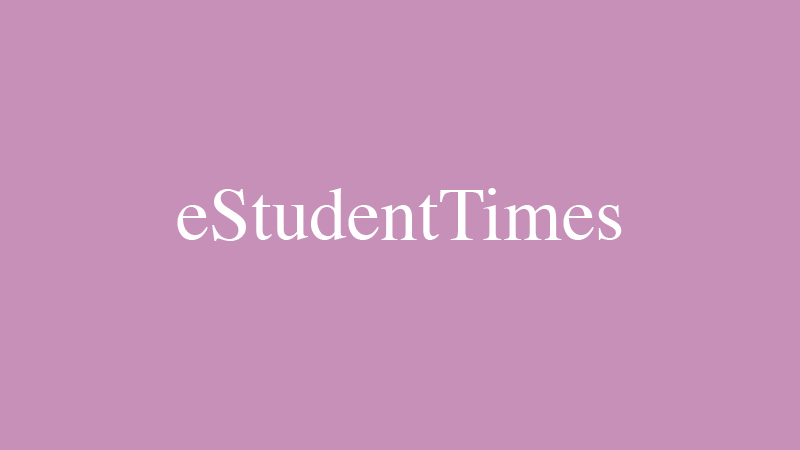
EShort / February 16, 2024
IIT JAM 2024: Response sheet released
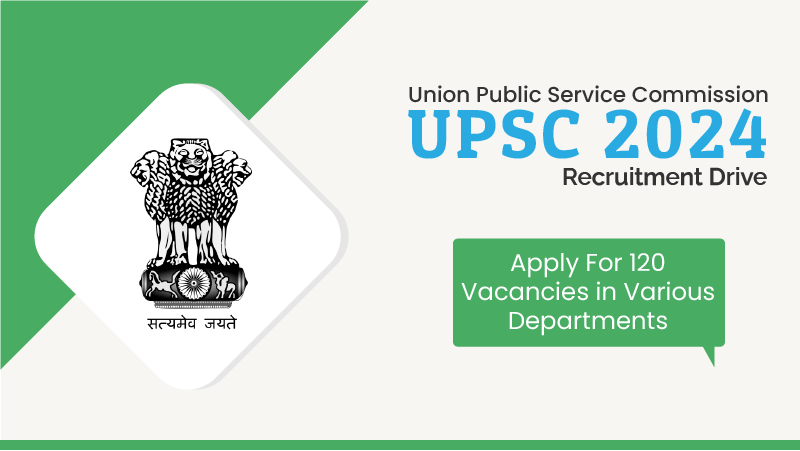
Jobs / February 16, 2024
UPSC Recruitment Drive 2024: Apply for 120 vacancies in various departments
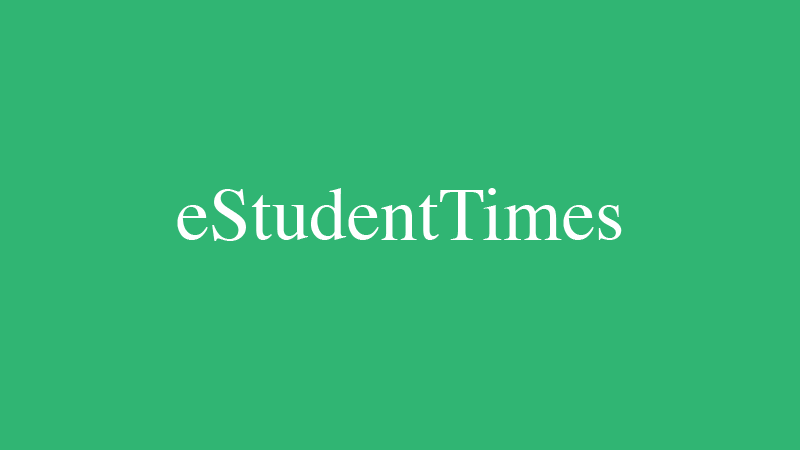
EShort / February 14, 2024
UPSC CSE 2024: Official Notification issued; application process begins
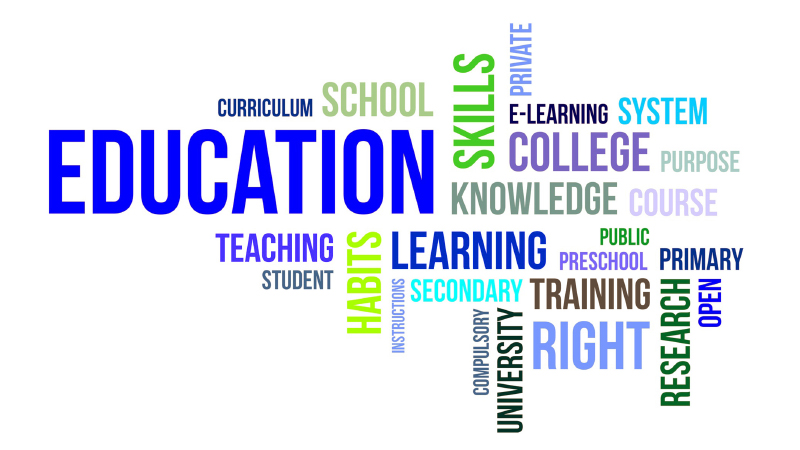
Editor's Desk / April 17, 2020
How Does Society Impact Our Education?

Current Affairs / April 22, 2020
Mr. Sudarsanam Babu appointed to U.S. Science Board.
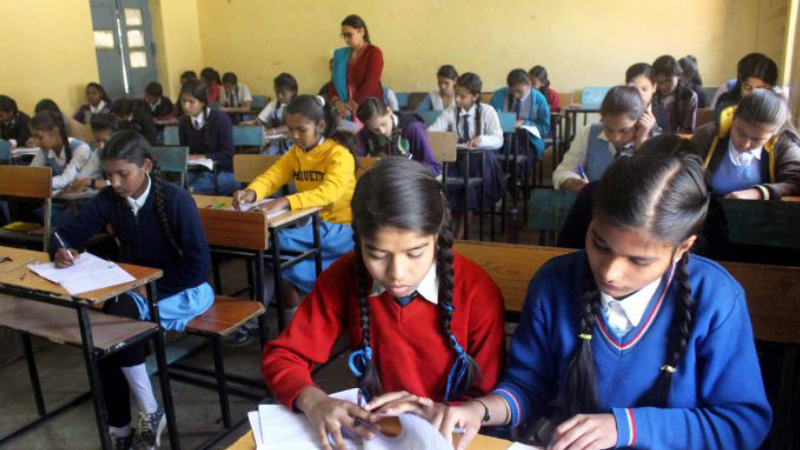
Reforms / April 17, 2020
Traditional Structure of Education In India
.jpg)
Events & Seminars / April 17, 2020
PISA!!
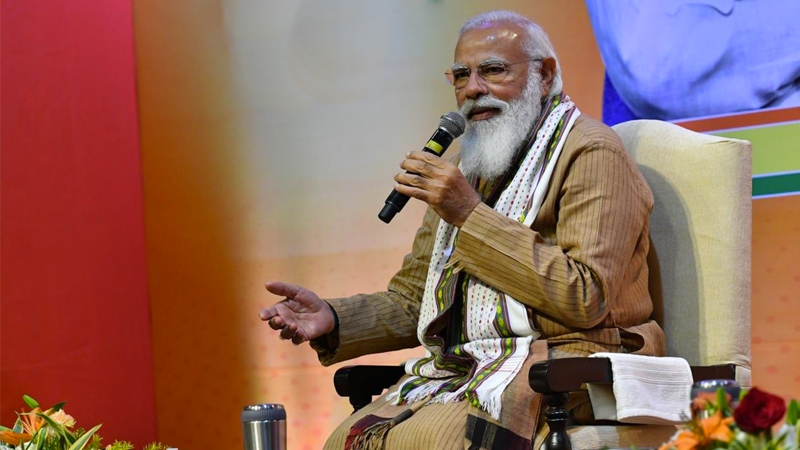
Blog / February 26, 2021
Government's Action On #ModiRojgaarDo
EShort / May 19, 2022
CUET PG 2025 has started the registration process.

Notice Board on Important Dates / April 21, 2020
World Heritage Day

News / July 08, 2021
JEE Mains Registration For Session 3: Last Date To Apply

EShort / December 14, 2021
UPSC Declared Final Result For DCIO Recruitment
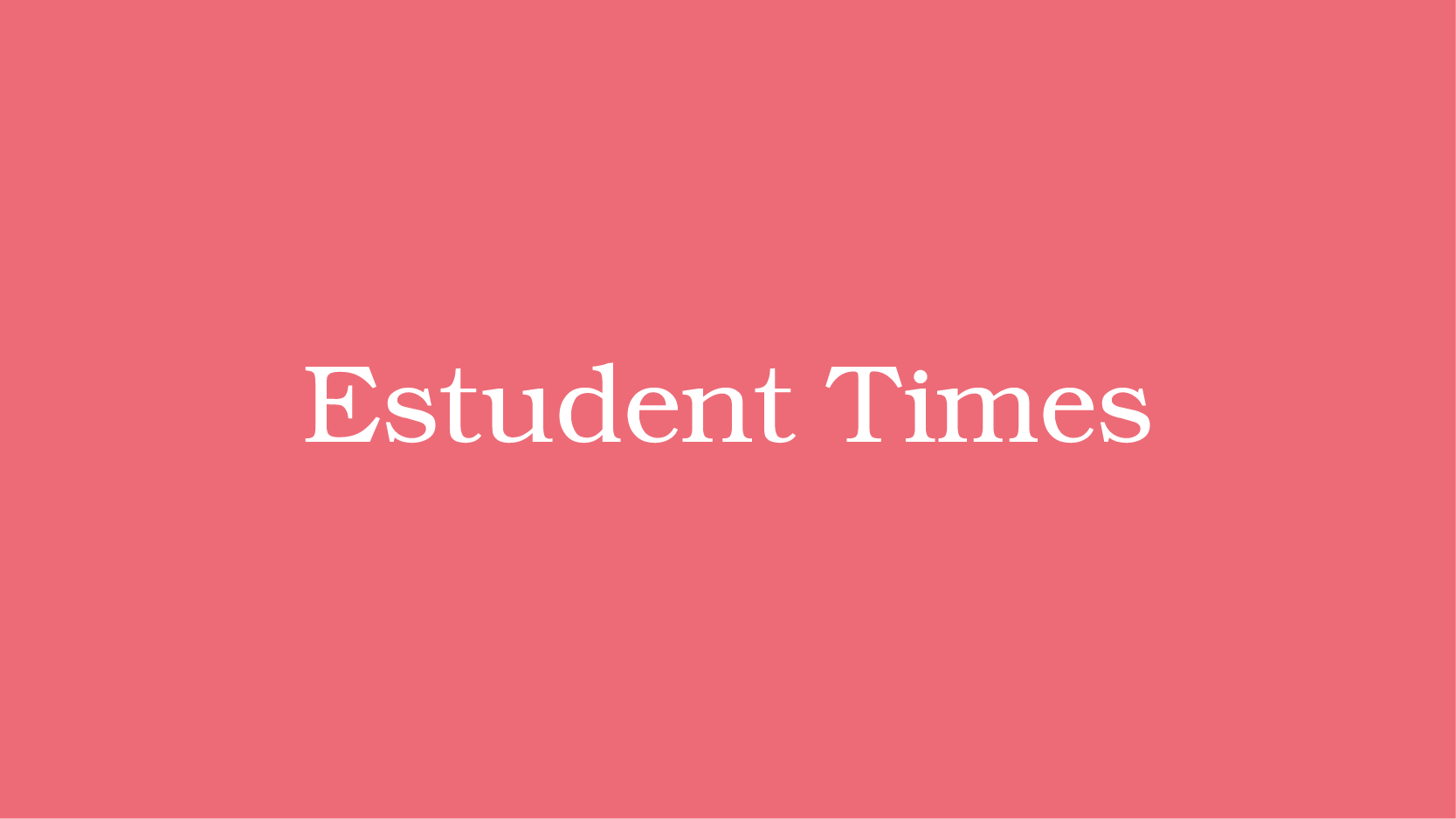

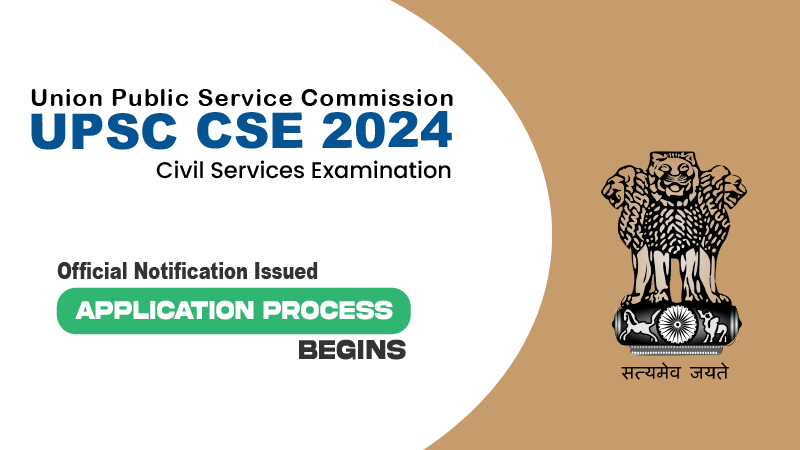

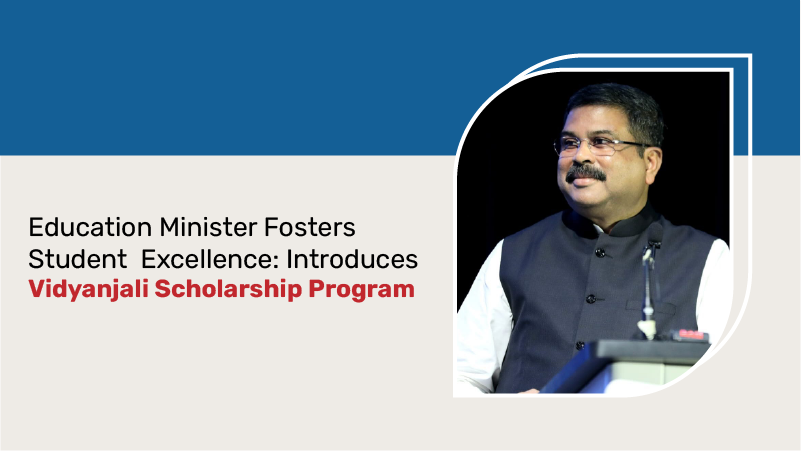
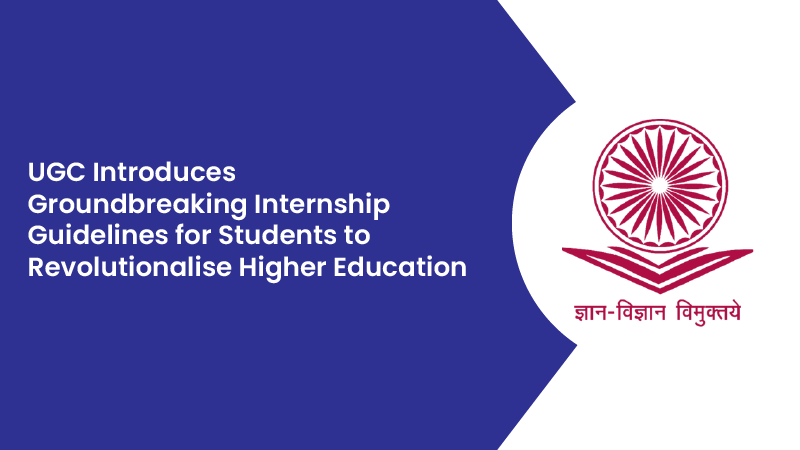
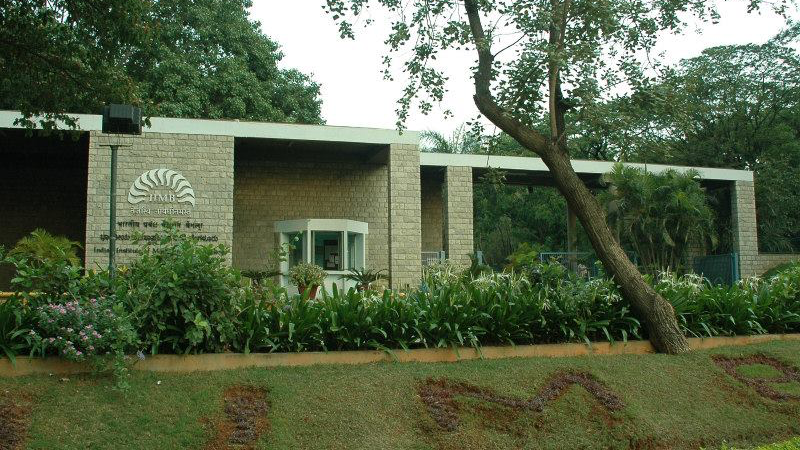
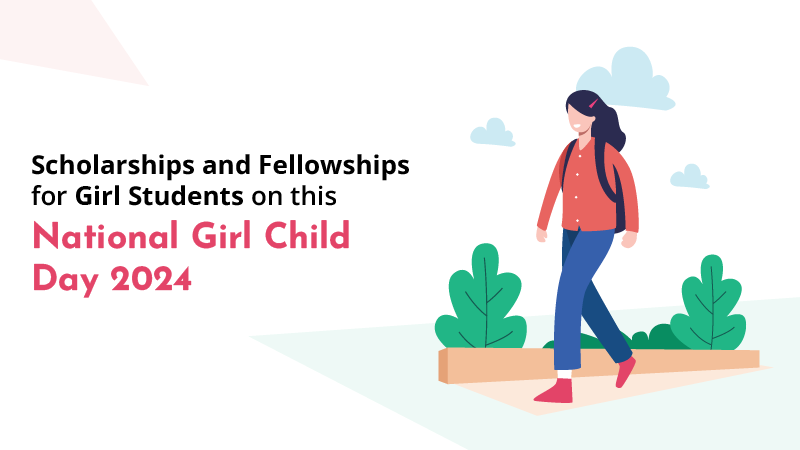
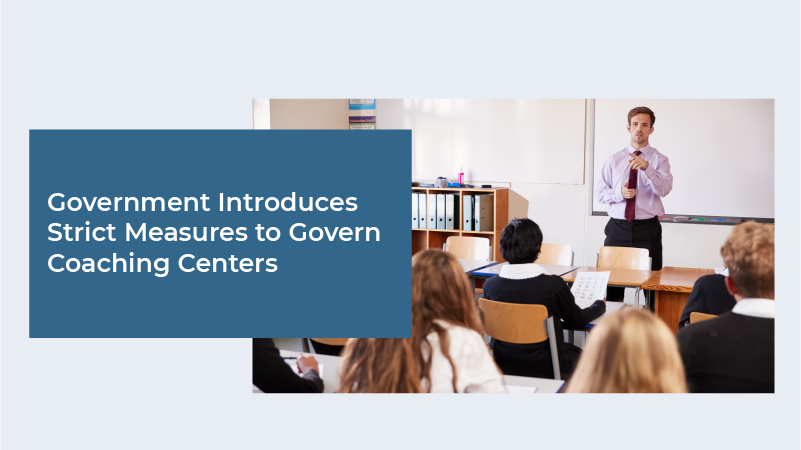
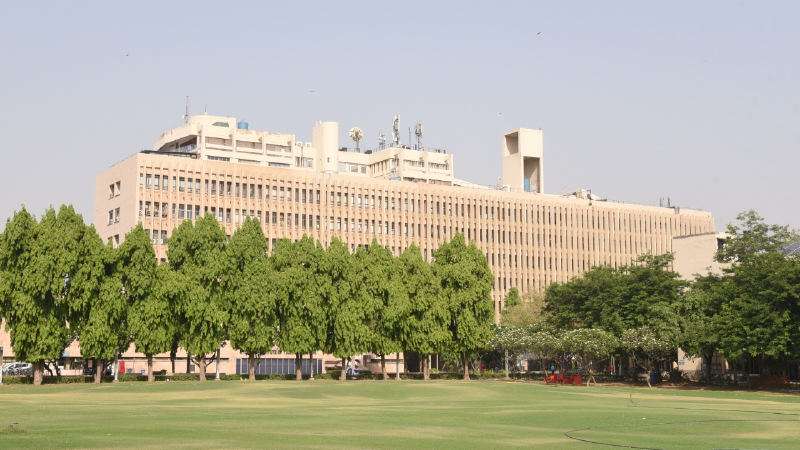

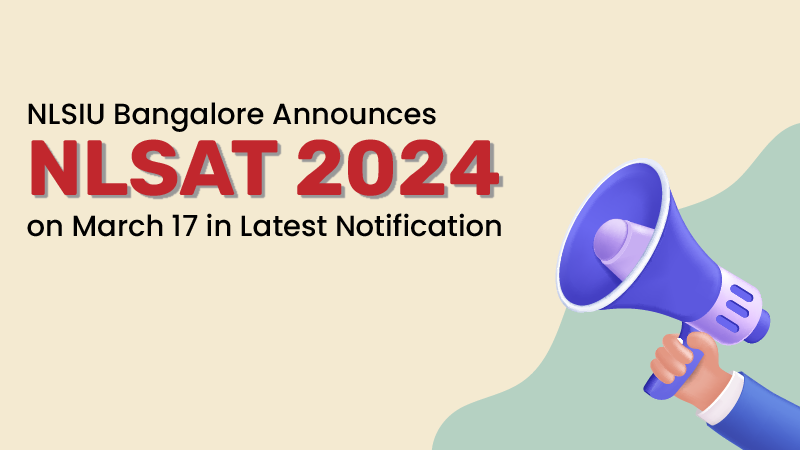

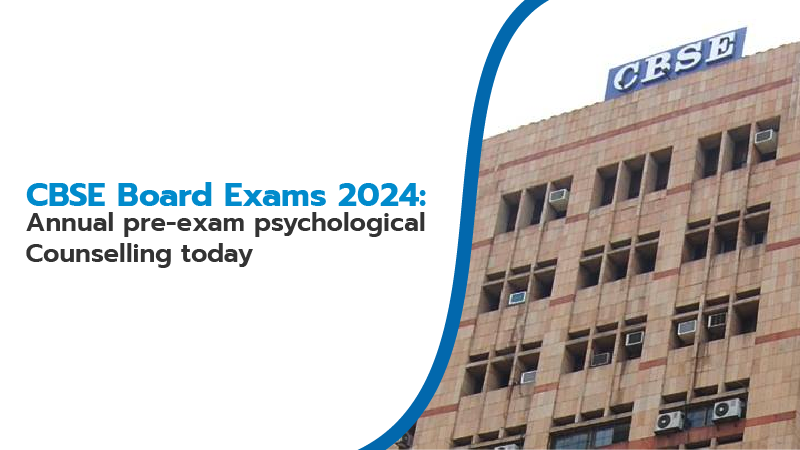
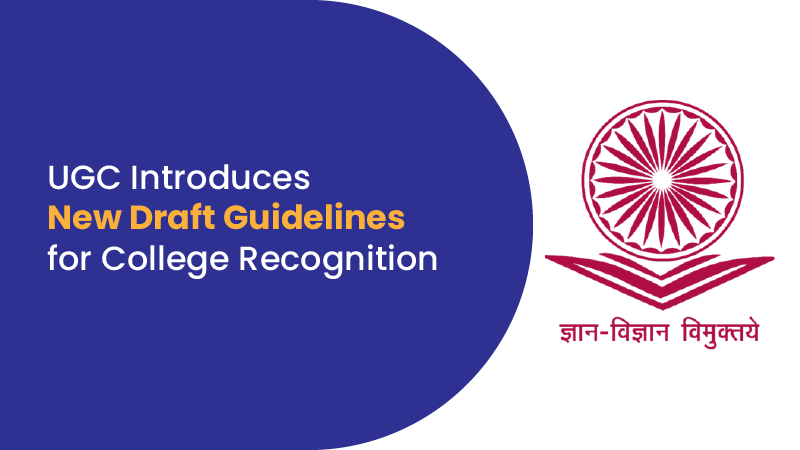
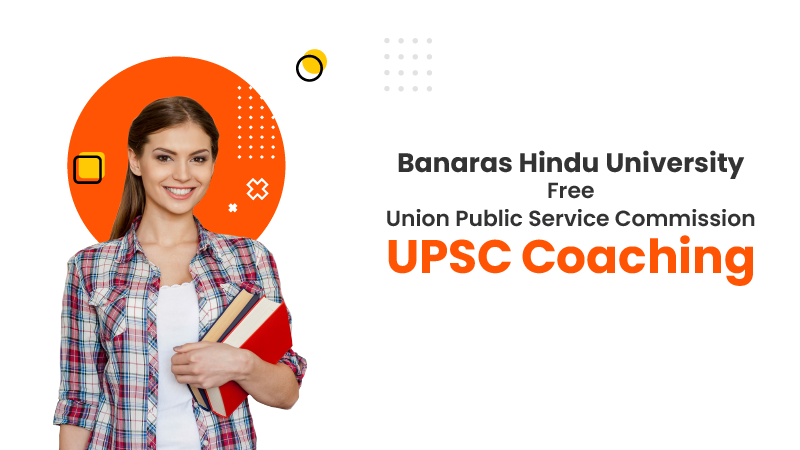


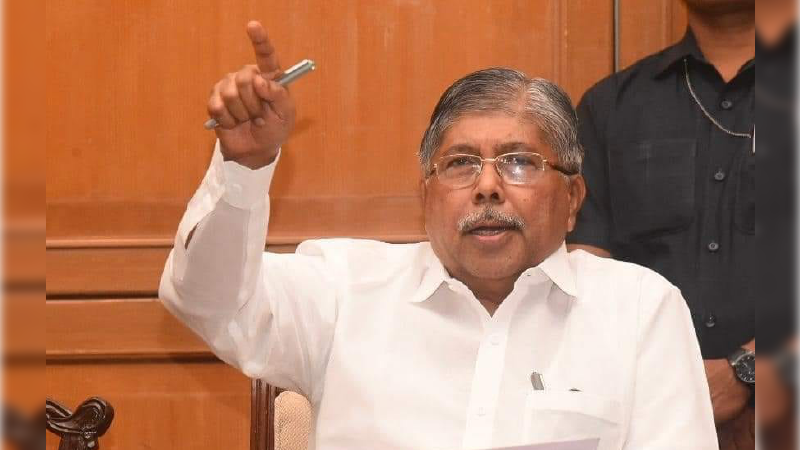
-02.png)
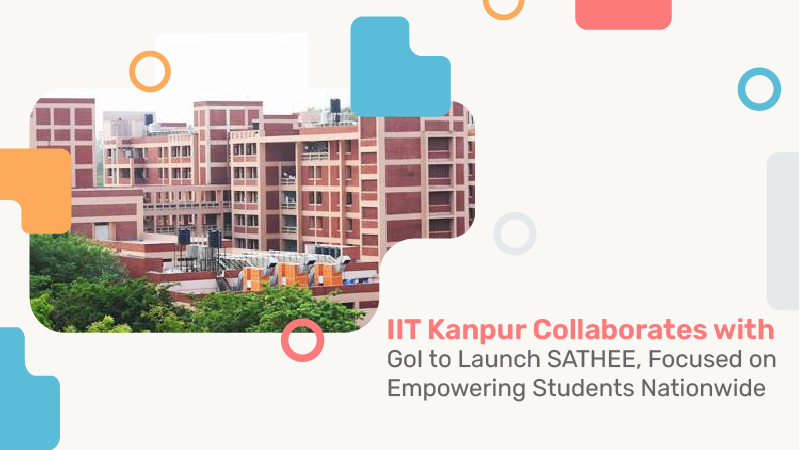
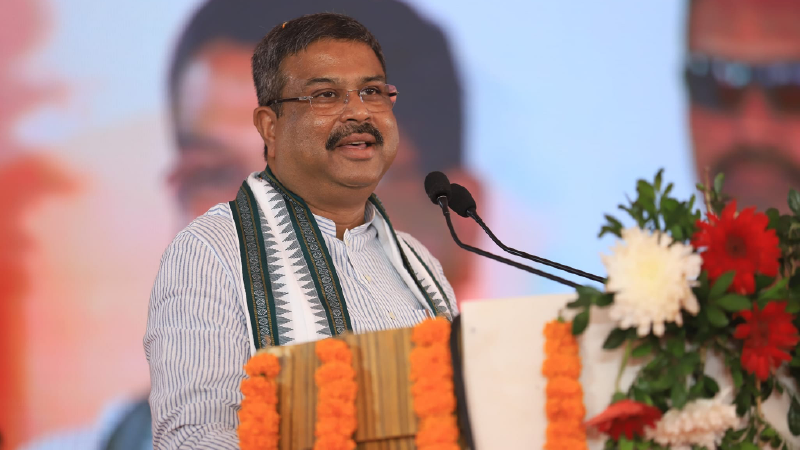
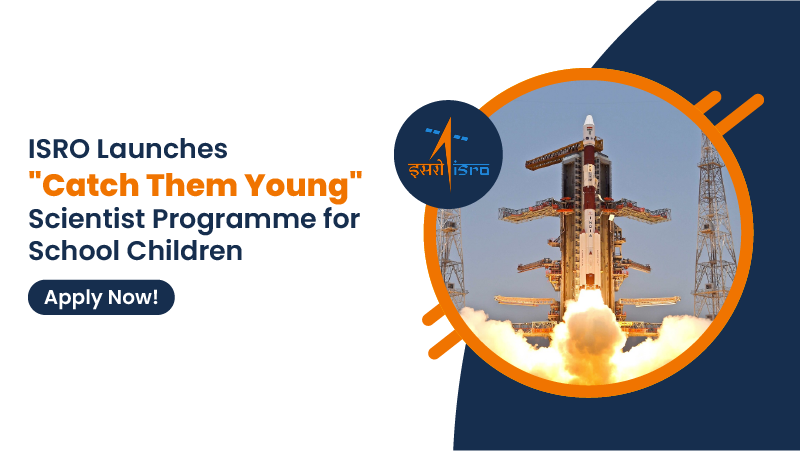
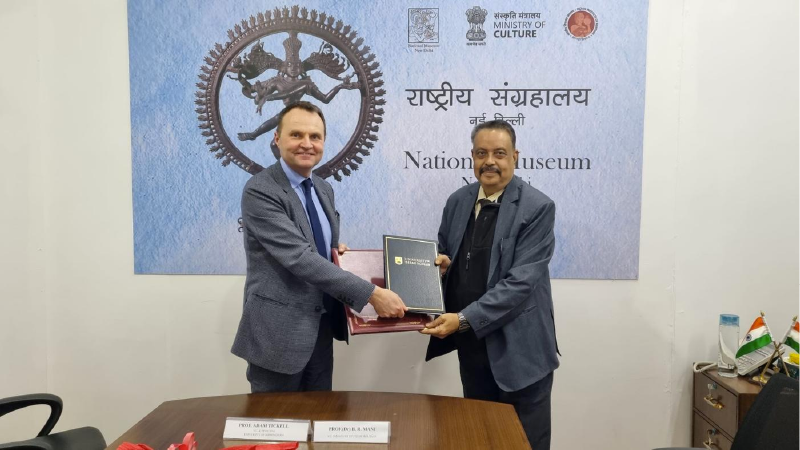
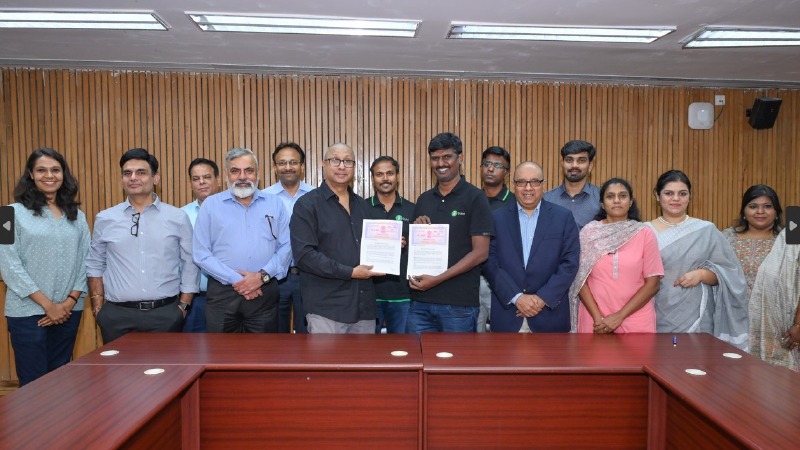
0 Comments
Post Comments